Lithium Mineral Color
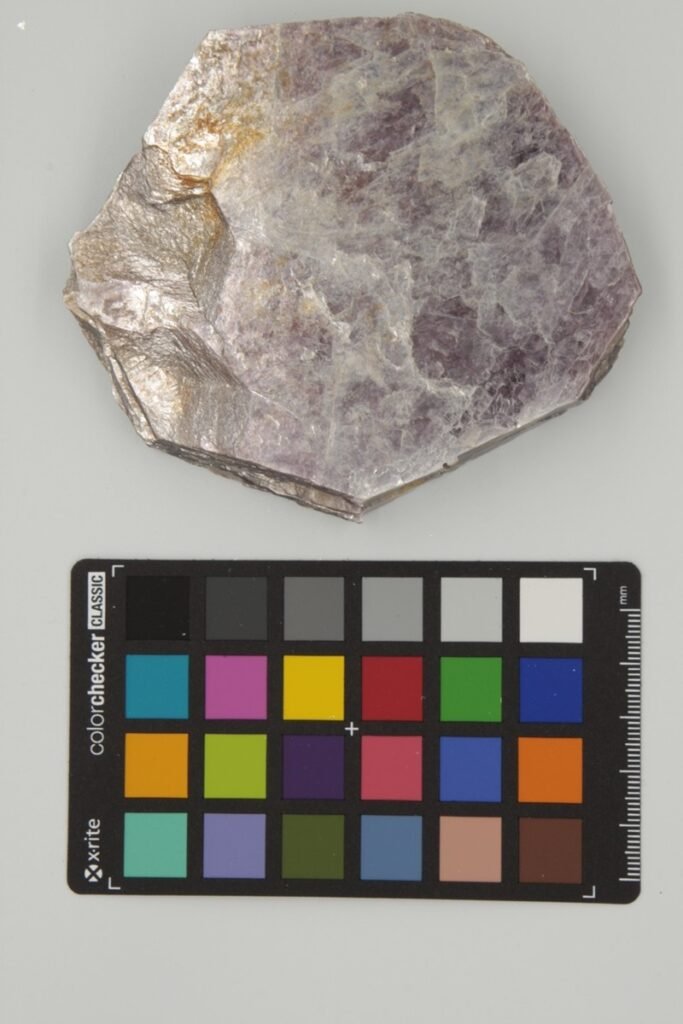
The color of lithium minerals varies widely depending on their chemical composition, impurities, and geological environment. While lithium itself is a silvery-white metal, the minerals that contain lithium can exhibit a range of colors—from colorless and white to pink, purple, green, and even black.
Here’s a guide to the common colors of lithium-bearing minerals and what gives them their distinctive hues.
1. Spodumene – Colorless, Gray, or Green (Hiddenite)
Spodumene is one of the most important lithium minerals and can appear in several colors:
- Colorless or white: Pure spodumene
- Green: Known as hiddenite, colored by chromium or vanadium impurities
- Yellow to pink: Due to manganese or other trace elements
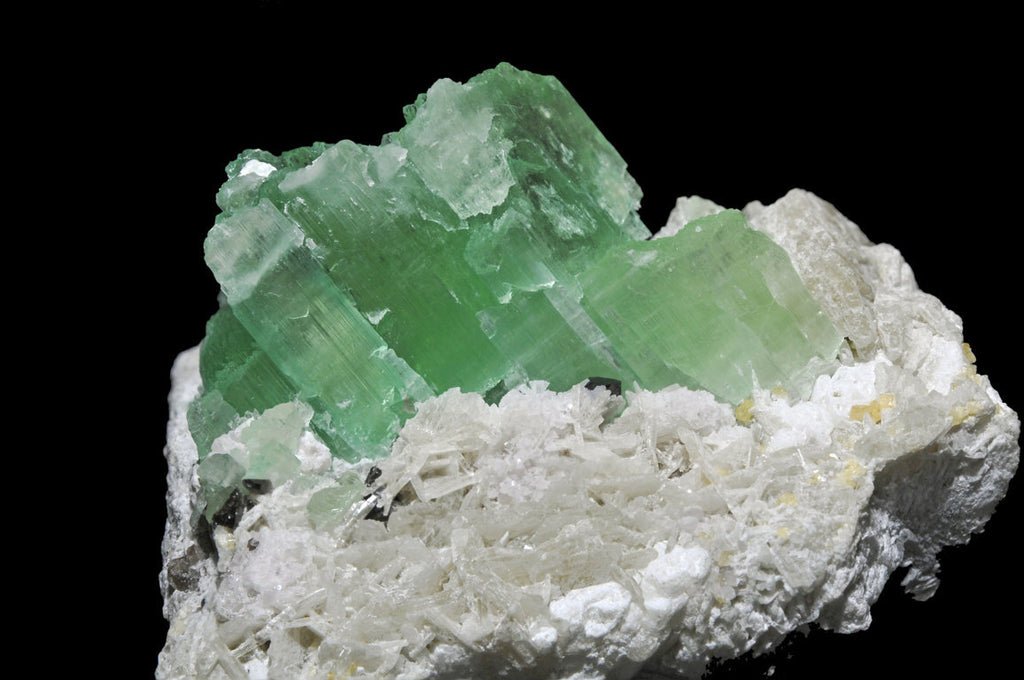
2. Lepidolite – Pink, Purple, or Lavender
Lepidolite is a lithium-rich mica known for its soft pink to purple color, caused by the presence of manganese or rubidium.
- Color: Pink, lilac, or purplish-gray
- Luster: Pearly to vitreous
- Texture: Flaky or layered, typical of mica minerals
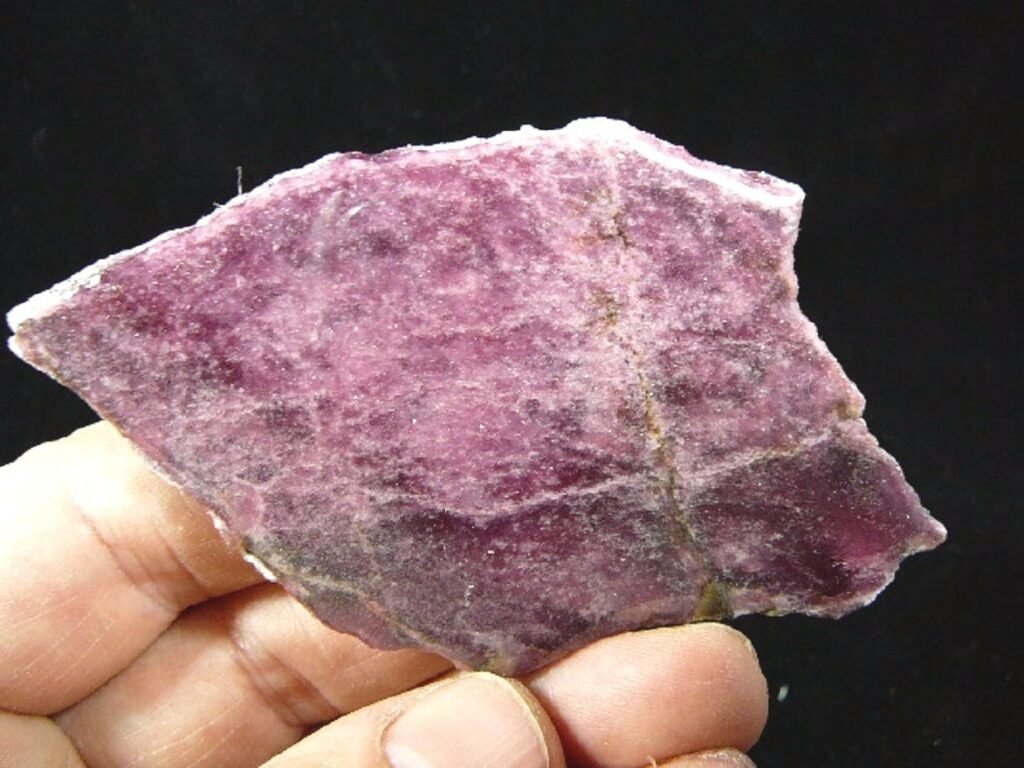
3. Petalite – Colorless, White, or Gray
Petalite is typically colorless or white, though it can sometimes take on a grayish tint due to impurities.
- Color: Usually transparent to white
- Luster: Vitreous to pearly
- Transparency: Transparent to translucent
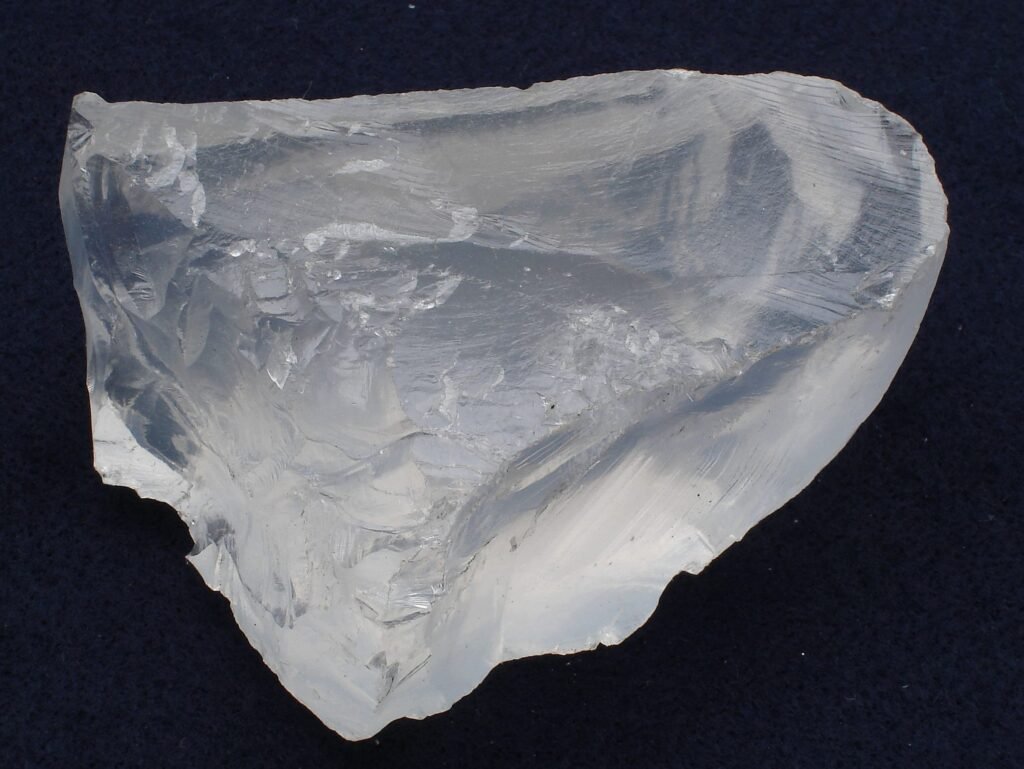
4. Amblygonite – White, Cream, or Yellowish
Amblygonite is usually white or cream-colored, but may show a pale yellow or greenish tint in some cases.
- Color: White, off-white, or pale yellow
- Luster: Vitreous
- Hardness: Similar to apatite or fluorite
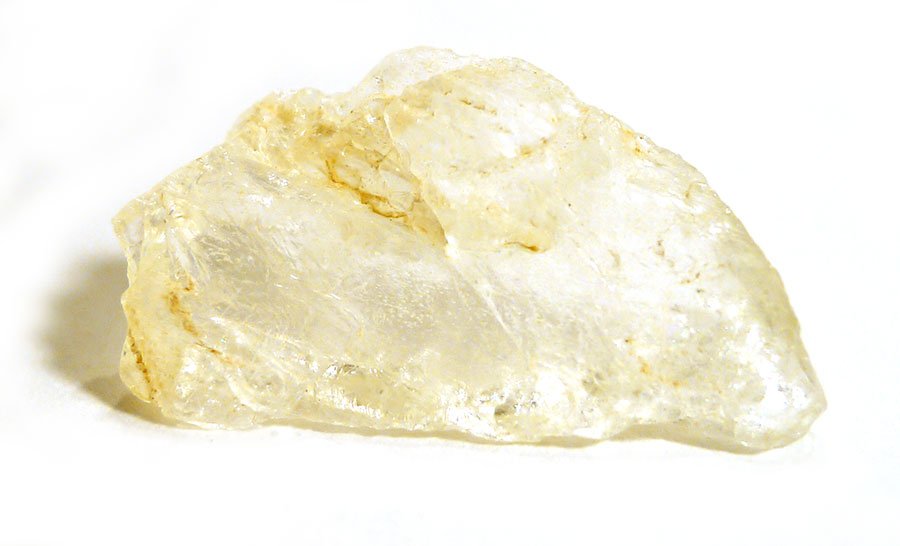
5. Zinnwaldite – Brown to Black
Zinnwaldite is a dark-colored lithium mica, typically brown or black, due to the presence of iron.
- Color: Brown, dark brown, or black
- Luster: Shiny, mica-like
- Occurrence: Found in tin and tungsten deposits
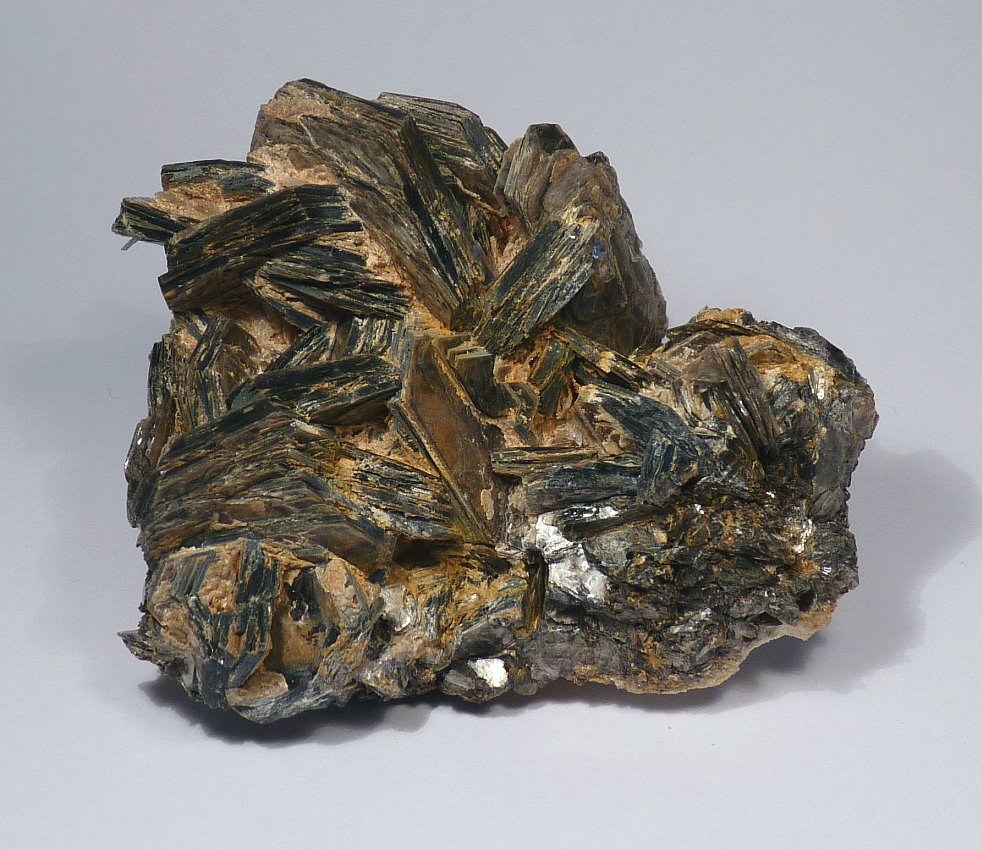
Why Lithium Minerals Have Different Colors
The color variation in lithium minerals is mainly due to:
- Trace elements: Manganese (pink), chromium (green), iron (brown/black), and others affect color.
- Crystal structure: Some minerals interact with light differently, influencing perceived color.
- Weathering and exposure: Surface reactions can alter the original color of the mineral.
Image Description: Color chart comparing spodumene, lepidolite, petalite, amblygonite, and zinnwaldite with labeled color causes.
Summary Table: Lithium Mineral Color Guide
| Mineral | Typical Color(s) | Notable Impurity or Cause |
|---|---|---|
| Spodumene | Colorless, gray, green | Chromium (green), manganese (pink) |
| Lepidolite | Pink, purple, lavender | Manganese, rubidium |
| Petalite | Colorless, white, gray | Minor impurities |
| Amblygonite | White, cream, yellowish | Minor iron or phosphate |
| Zinnwaldite | Brown, black | Iron content |
FAQs
Q1: What color are lithium minerals?
A1: Lithium minerals come in a range of colors, including pink (lepidolite), green (hiddenite), white (petalite), yellow (amblygonite), and black (zinnwaldite).
Q2: Why is lepidolite pink?
A2: Lepidolite gets its pink or purple color from manganese or rubidium impurities.
Q3: What is the most colorful lithium mineral?
A3: Hiddenite (green spodumene) and lepidolite (pink to purple) are among the most visually striking lithium minerals.
Conclusion
The color of lithium minerals is not only visually interesting but also helps geologists and collectors identify them in the field. From the vibrant green of hiddenite to the soft pink of lepidolite, lithium-bearing minerals display a fascinating spectrum of natural hues, each tied to their unique chemical makeup.

